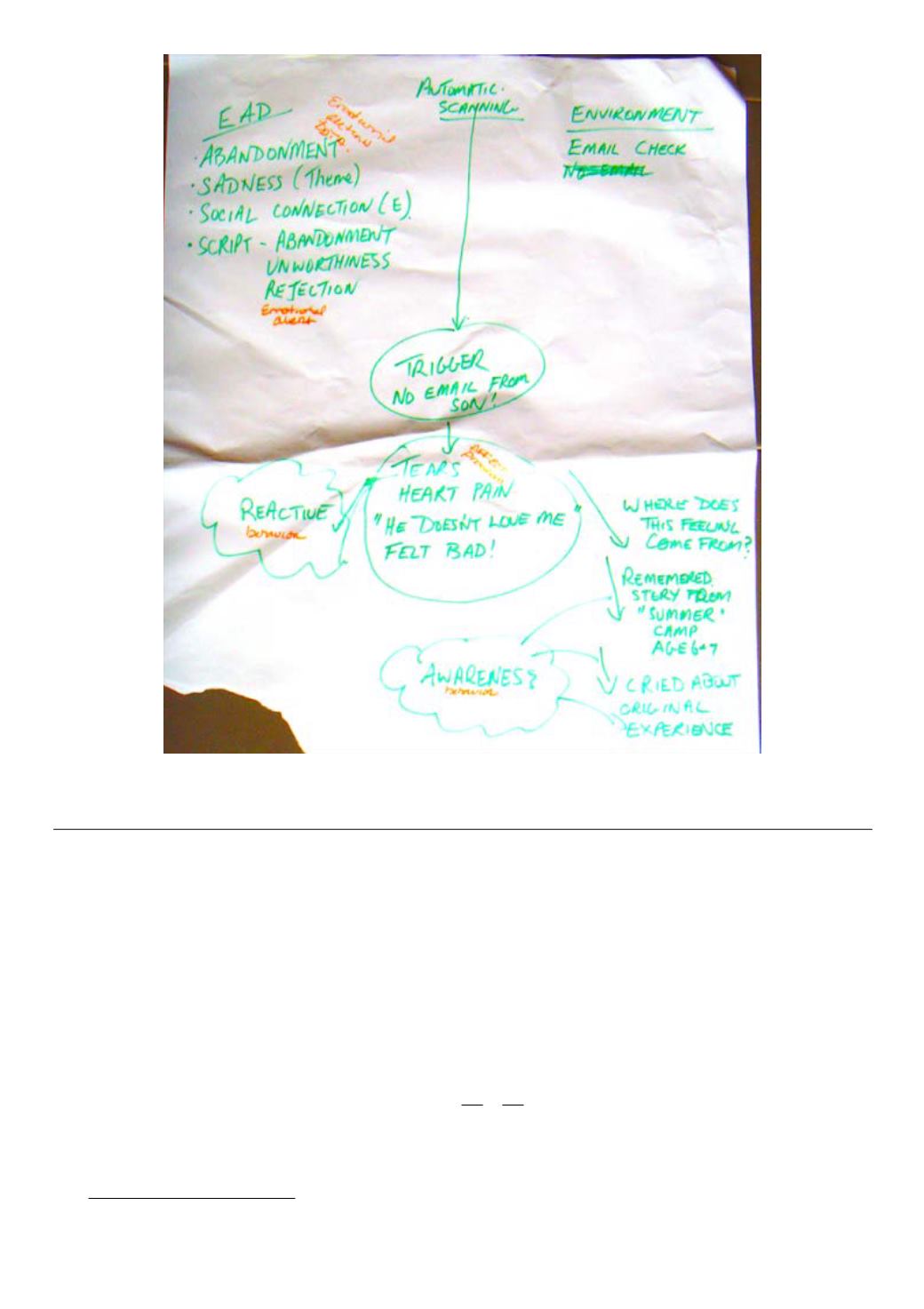
Contemplative Skills
Shamatha & Obsessive Compulsive Delusional Disorder, OCDD
The next section describes the conceptual framework of contemplative skills in CEB. The
conceptual understanding of emotions and the emotional timeline are skills that require space to
practice and act; this space is developed and fostered via the contemplative skills. The
contemplative framework also develops an intention for practice by explaining the goal of genuine
happiness and exceptional mental health. The obstacle to exceptional mental health can arise from
the inability to see reality as it is and being caught in ruminations and persistent worry. We are
constantly talking to ourselves, sometimes in an almost compulsive fashion without us being able
to stop it. We can get caught up in our thoughts and assessments as though they represent the
true nature of reality. When the thinking process is obsessive (all the time and out of our control),
compulsive (we get caught up in it) and out of touch with reality (delusional, not accurate) we need
to learn techniques to change our way of thinking
–
Shamatha
(or focused attention training) is designed to provide the kind of stable attention that is
conducive to all kinds of mindfulness practice. (For more information and research on
Shamatha
see
There are five
Shamatha
practices taught by Wallace. The first three
are mindfulness of breath practices, and the last two are more advanced practices using either the
space of the mind or awareness itself as the focus of attention. The mindfulness of breath
408


